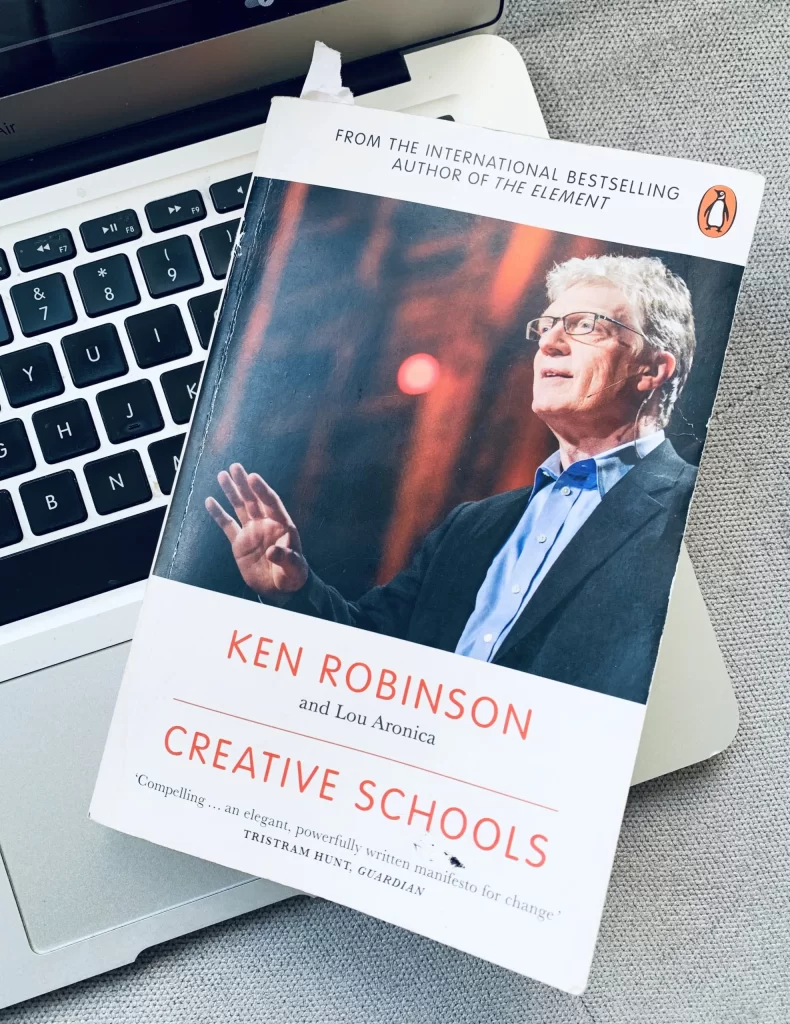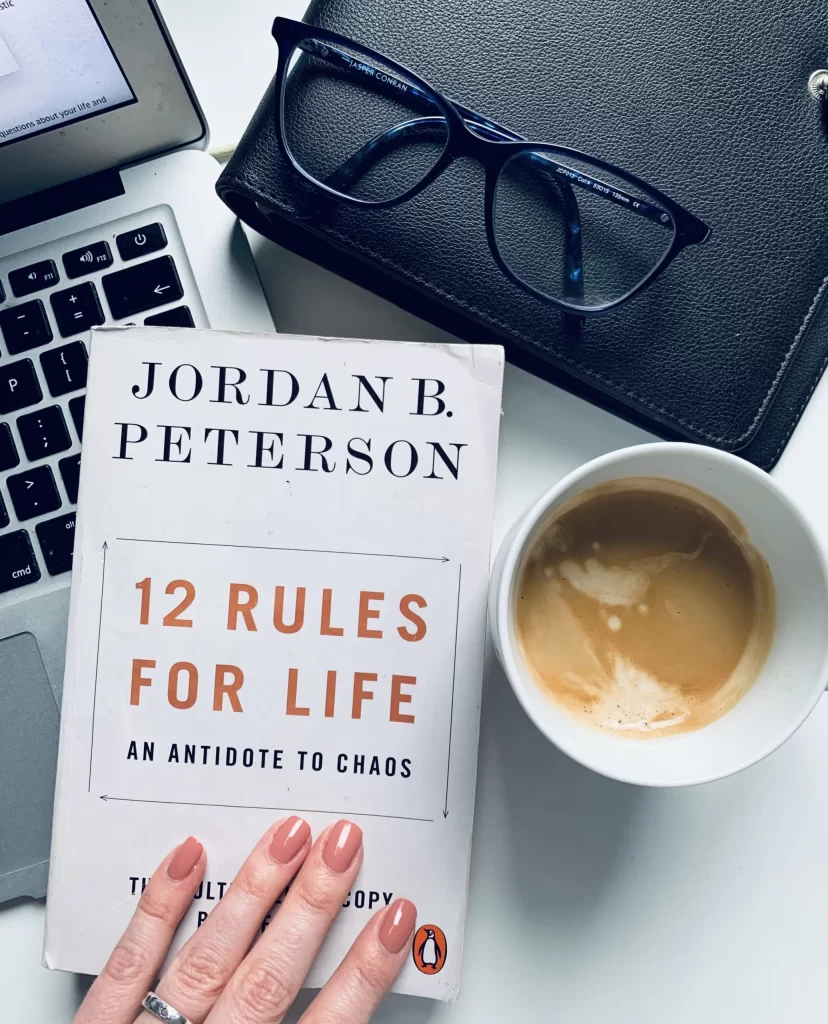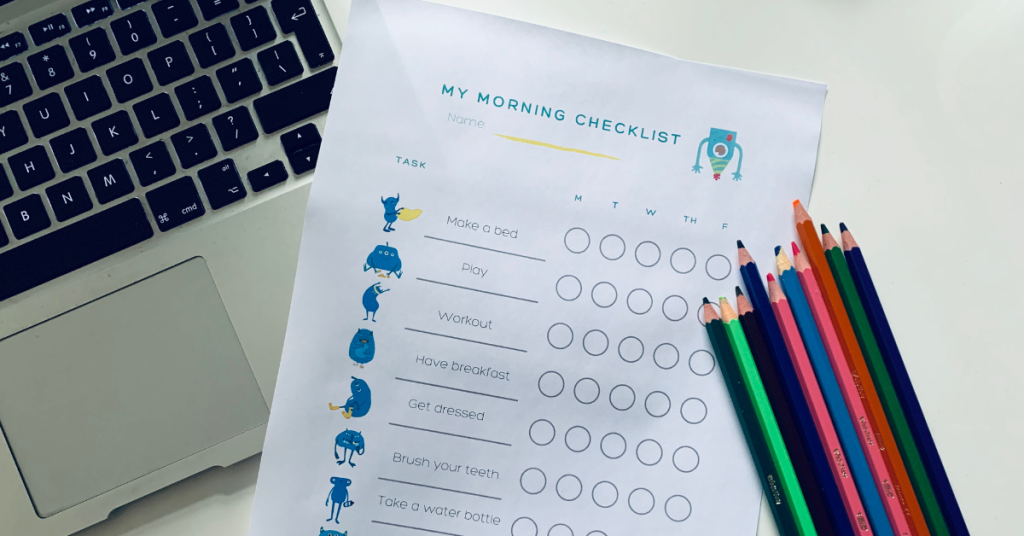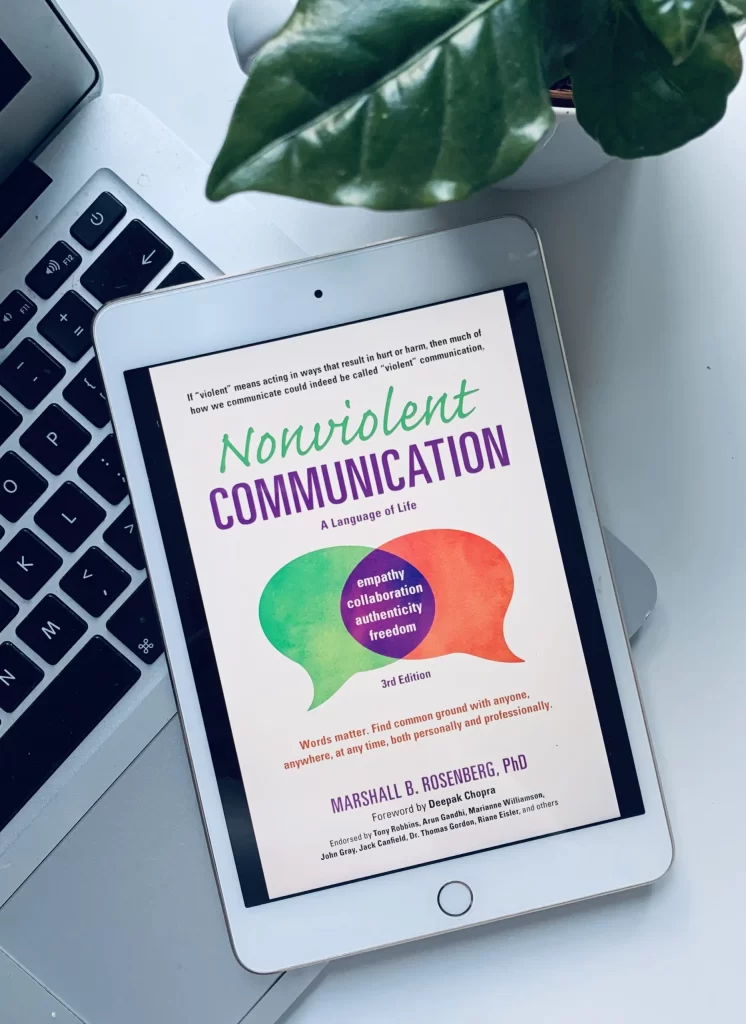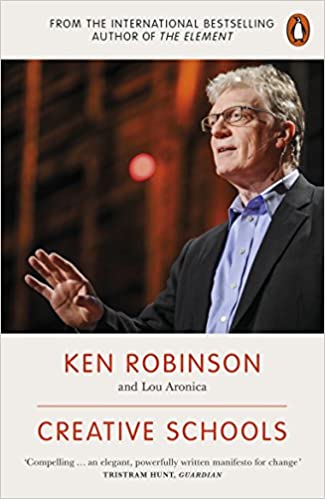 Creative Schools – book summary
Creative Schools – book summary
Revolutionizing Education from the Ground Up
Ken Robinson and Lou Aronica
Penguine (3 Mar. 2016)
About the authors:
Sir Ken Robinson, PhD, was an internationally recognised leader in the development of creativity, innovation and human potential. He advised governments, corporations, education systems, and some of the world’s leading cultural organisations. The videos of his famous TED talks have been watched by an estimated 300 million people in over 150 countries.
Lou Aronica is the author of two novels and co-author of several works of non-fiction, including The Culture Code (with Clotaire Rapaille) and The Element.
About the book:
Sir Ken Robinson was one of the most potent advocates of global education transformation. In this book he laid out what is fundamentally wrong with the education system and shared great ideas (even actionable strategies) on how it is possible to transform it to enable young people to flourish. Great book for all educators out there (and parents who want to get an overview of what good education actually means).
Key ideas from the book
Why should you read this book?
“Education is indeed our hope. Not the old style of industrial education, which was designed to meet the needs of the nineteenth and early twentieth centuries, but a new style of education suited to the challenges we now face and the real talents that lie deep within us all.
As we face a very uncertain future, the answer is not to do better what we’ve done before. We have to do something else. The challenge is not to fix this system but to change it; not to reform it, but to transform it. […]
The world is undergoing revolutionary changes; we need a revolution in education too”.
After watching Sir Ken Robinson’s famous TED talk “Do schools kill creativity?” (if you haven’t watched it yet – check it out), we got committed to reading more on the topic. So this book was the first one we’ve come across, and it totally changed our perspective on education.
The world has changed, and the traditional education system is not serving its needs anymore. Most governments are trying to catch up with changes by reforming education systems (like different testing system, new subjects, digitalisation, etc.), but in fact, we need to approach learning from a completely different perspective. And in this book Sir Ken Robinson shares great ideas on how to do it.
In our opinion, Creative schools is more for educators, but parents may find it very eye-opening too. It is based on Robinson’s decades of experience and absolutely packed with wisdom and inspirational examples of schools, which changed their approach to education and totally transformed children’s lives.
Let’s look at our favourite ideas.
What schools teach vs what economy needs
“There is an ever-widening skills gap between what schools are teaching and what the economy actually needs. The irony is that in many countries there’s plenty of work to be done but, despite the massive investments in education, too many people don’t have the skills that are needed to do it. Although the rhetoric of the standards movement is about employability, the emphasis has not been on courses that prepare people directly for the work but on raising standards in academic programs.”
Most of the countries introduced mass education during the industrial era. The whole point of it was to produce a useful workforce (labour) for factories. In fact, schools themselves were designed as factories, “producing” people with a standard set of skills and a mindset, satisfying the industrial economy needs.
And it all makes sense, but there are few issues with it now. First, the world has changed significantly, but the education system – not so much (check out our notes on another Sir Ken Robinson’s book You, Your Child and School – we talk about it in greater detail there). Second, we need to embrace that all people are different, and if we want to unleash their potential, “standardising them” through education may not be a good idea. “Education is about living people, not inanimate things.”
In fact, we depend on an enormous diversity of skills, talents, occupations, and roles in the current economic conditions, and the education system should consider this. For example, creativity and innovation are crucial skills for modern economies:
“Healthy economies depend on people having good ideas for new businesses and the ability to grow them and create employment. In 2008, IBM published a survey of what characteristics organisation leaders need most in their staff. They spoke with fifteen hundred leaders in eighty countries. The two priorities were adaptability to change and creativity in generating new ideas. They found these qualities lacking in many otherwise highly qualified graduates.”
The issue here is that governments spend loads of money on reforming the existing system (which most of the time means focusing highly on university readiness and success at standardised tests), but schools still don’t teach the skills, which are super important for kids to flourish in this rapidly changing world. And that is true for most of the countries.
Here is the point – by pushing students to do well on tests and memorise the correct answers, standard education leaves no room for the development of other essential skills like creativity, collaboration, problem-solving, innovation, critical thinking and so on. And that’s exactly what our kids need to be successful in the future.
P.S.: Again, we highly recommend watching Sir Ken Robinson’s TED talk – it will totally change your perspective ☺
Great teachers facilitate learning – the root of the matter
“The fundamental purpose of education is to help students learn. Doing that is the role of the teacher. But modern education systems are cluttered with every sort of distraction. There are political agendas, national priorities, union bargaining positions, building codes, job descriptions, parental ambitions, peer pressures. The list goes on. But the heart of education is the relationship between the student and the teacher. Everything else depends on how productive and successful this relationship is. If that is not working, then the system is not working. If students are not learning, education is not happening. Something else may going on, but it’s not education”.
That is such a great point! Let teachers to teach and students to learn 🙂
Have you ever had a teacher, who was super inspiring and so cool, that you were always ready to do extra work on this particular subject? I certainly had. And these were the subjects where I was definitely LEARNING, and not just memorising stuff for the test.
Robinson says that the education system transformation should start from the basics. First of all, schools need to create the conditions “in which the relationship between student and teachers can flourish”.
And to do so, first of all schools need to understand “the nature of learning itself – how students learn best and the many different ways in which they do so”. Again, one size doesn’t fit all.
Having a good teacher matters. Expert teachers fulfil four main roles:
- Engage – “Great teachers achieve results by bringing the best out in their students”.
- Enable – “expert teachers are constantly adapt their strategies to the needs and opportunities of the moment”. They know that stimulating learning is about keeping children’s curiosity alive. They provoke questions and inspire kids to explore further.
- Expect – “if teachers convey to students that they expect them to do well, it’s much more likely that they will.” Same true for parents, btw – all comes down to the wise parenting ☺
- Empower – the best teachers are also “mentors and guides who can raise the confidence of their students, help them find a sense of direction, and empower them to believe in themselves.
Every child deserves a champion who would inspire them to be the best version of themselves. And parents – we are the most important teachers in our children’s lives, so why don’t we embrace these four roles in parenting as well? So we could inspire them, help them to build confidence and develop their creativity. That’s so powerful.
Natural born learners
“Just how much are children natural learners? Sugata Mitra tested that question when he ran an experiment in a New Delhi slum in 1999. He installed a computer in a wall, turned it on, connected it to the Internet, and watched how children reacted to it. Not only had none of these kids ever seen a computer before, but the Web browser was in English, a language none of them knew. Very quickly they learned what they could do with the computer and then started teaching to each other. Within hours, they were playing games, recording their own music, and surfing the Net like pros. […]
Sugata decided to try a more ambitious experiment. He connected a computer to a speech-to-text program and gave it to a group of Indian children who spoke English with a very strong Telugu accent. The computer couldn’t make out their accents, so the speech-to-text program typed gibberish. The kids didn’t know how to make the computer decipher what they were saying, and Mitra admitted that he didn’t either. So he left the machine with the kids for two months, and when he came back the children had refined their accents to the neutral British accent the computer had been programmed to understand.”
Kids are natural-born learners. They are curious from birth. If you give children effective tools, you may be surprised by how much they can learn. If you give them a great teacher – they will flourish.
But here is a question for you – do you know any kids who don’t like going to school? Unfortunately, we know PLENTY of them.
Sir Ken Robinson says that ALL kids are curious and LOVE learning in general, but many of them are struggling at school just because the system itself (and the conventions that pervade it) is not designed properly to help them learn.
Here Robinson argues that schools can facilitate efficient learning by understanding four fundamental ideas:
- Intelligence is diverse and multifaceted – that means that if someone is not good at maths (or can’t memorise information efficiently), it doesn’t mean he is stupid. He might unlock his intelligence in arts, for example. “The diversity of intelligence is everywhere”.
- People have different interests – we can be good at something and achieve great results when we really like what we do. That’s a big topic, which Robinson covers in The Element (here also comes to mind Angela Duckworth and her concept of gritty passion). But the whole point is that schools should recognise it and give kids opportunities to match their talents with passion.
- We all learn at different paces – sometimes students just need more time to learn something. Schools can embrace the Growth Mindset approach and consider adapting the schedule to the different rates. “Slow education is about deep learning for meaningful results”.
- Assessment is more effective if it supports students’ personal progress and achievement. Teachers can use different tools to assess knowledge, not only standardised tests.
And that’s all about transforming three main elements of education: curriculum, teaching and assessment.
One more thing here. Guess what is the most natural and efficient way for kids to learn? That’s PLAY! And now think for a moment – how much play did you have at your school (and outside of it)? How much play happens in your child’s life now?
P.S.: here also comes to my mind Deepak Chopra: “If a child is poor in math but good at tennis, most people would hire a math tutor. I would rather hire a tennis coach.” Let kids focus on their strengths to achieve incredible things.
8 core competencies which everyone needs to flourish in life
“These competencies don’t come online at distinct stages of students’ time in school. They should evolve from the beginning of education and practiced and refined throughout their lives with increasing confidence and sophistication. Students who leave school feeling confident in these three areas will be well equipped to engage in the economic, cultural, social and personal challenges that they will inevitably face in their lives.”
Of course, a school should give kids some knowledge (ideally “knowing that” – factual knowledge, “knowing how” – how to apply these facts and get things done, “knowing this” – understanding ourselves and our relationships with others). But if schools are committed to helping kids flourish in life, they should also ensure they support students in developing these core competencies:
- Curiosity – the ability to ask questions and explore how the world works;
- Creativity – the ability to generate new ideas and to apply them in practice;
- Criticism – the ability to analyse information and ideas and to form reasoned arguments and judgements;
- Communication – the ability to express thoughts and feelings clearly and confidently in a range of media and forms;
- Collaboration – the ability to work constructively with others;
- Compassion – the ability to empathise with others and to act accordingly;
- Composure – the ability to connect with the inner life of feeling and develop a sense of personal harmony and balance;
- Citizenship – the ability to engage constructively with society and to participate in the processes that sustain it.
Question for you – how can you help your child develop (and most importantly PRACTICE) these competencies?
The flipped classroom
“The classroom should not be about direct institution. None of us liked it, and none of us felt particularly engaged. The teachers don’t like it, either. They feel like they’re just shooting information into a vacuum. Human beings should not be passive. When they get together, they should be interacting with each other. They should be solving problems, or they should be making things.”
A flipped classroom is all about active learning. It helps students learn subjects at their own pace and deepening the knowledge in the classroom by asking questions, having a discussion and doing more project-based work.
A great example of a flipped classroom is Khan Academy (we all love it – check it out if you still don’t know them!). And there is strong evidence that flipped classrooms are super effective:
“A study in the late nineties showed that students who were taught using peer instruction “exhibited learning gains almost two standard deviations higher than those observed in the traditional courses”. Other studies showed similarly dramatic improvements”.
When I was a kid, pretty much all of my learning was about taking notes (literally, writing down everything, what a teacher says) and then memorising stuff at home, so I could be ready to show off my knowledge at the next lesson. Basically, that was about memorising and not about learning. The same happened at my university back in Russia. Passive learning.
But again, effective learning is active learning: students need to get together, interact with each other, solve problems and make things. It makes such a difference!!!
Action steps for you:
- Think about how you could become a great teacher for your child? Think about 4 Es: engage, enable, expect and empower.
- Pick one competence and think about how you could help your child develop it outside of school (e.g. check out our article on how to become a curiosity coach for your child).
- Write down your child’s top 3 strengths and think how you can help develop them further.
Quotes from the book:






